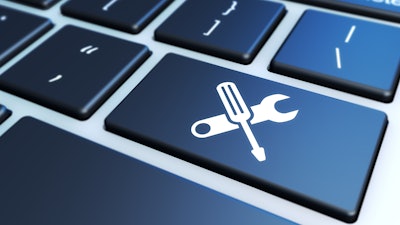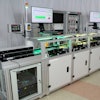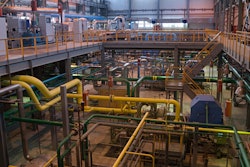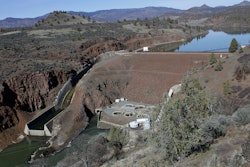
The purpose of asset criticality analysis is to identify the business value of an asset. The information gained from the analysis shows companies which assets are truly the most important to operations. The failure of a particular machine part, big or small, can negatively affect other assets and bring production to a standstill. Without a criticality analysis, overall equipment worth is often determined solely on the cost to repair or replace it - not on the total impact to the organization.
For example, problematic machines often get misinterpreted as critical assets, when in fact, they are just machines that get more attention because they break down continually. Other times unsupported beliefs and asset favorites determine equipment value. An asset criticality analysis helps remove biases and lets maintenance management teams and reliability professionals access and determine equipment value based on quantitative empirical data instead of guesswork.
Benefits of an Asset Criticality Analysis
An asset criticality analysis can be used to optimize maintenance strategies to manage organizational risk. Once a maintenance team knows how vital the equipment is to the organization , they can use that information to make their maintenance decisions. An asset criticality analysis:
- Identifies operational risks and consequences of equipment failure.
- Discloses which assets are most vital to the organization as a whole.
- Reduces expensive downtime and enables better maintenance scheduling.
- Enables spare parts optimization and ensures parts availability.
- Aligns workflows and resource planning with asset value.
- Helps boost reliability maintenance strategies and improve asset lifetime.
- Exposes the safety implications of a particular asset failure and helps enhance workplace safety planning.
Asset Criticality Analysis Prerequisites
Because risk can mean different things to different departments, it is essential to assemble a diverse team of knowledgeable stakeholders to prioritize the assets, including maintenance, operations, engineering, procurement and health and safety. The following process commands time and energy, but it is well worth the effort.
To start right, answer these questions:
- How will you identify assets, determine criteria, and score?
- Which assets should be included and why?
- What criteria will be used to analyze the asset?
- How much will the asset failure impact:
- Operations
- Safety
- Maintenance
- Reliability (MTBF)
- Probability of failure
- Quality
- Production/quality
- Environment
- What background information and data will be used to support asset criticality determinations?
- Inventory hierarchy.
- OEM manuals.
- Asset lists.
- Nameplate information.
Quantify Asset Criticalness
Quantifying asset criticalness is achieved by classifying and ranking equipment using common determiners and custom factors unique to the organization. This allows the team to assess the asset appropriately.
Once the criteria are agreed upon, decide which ones to include on the list and identify them by type, size, and location, etc. Use a numbering system, such as one to five, based on importance to overall production and processes. Add the numbers to reach a criticality ranking for each machine or component and then group machinery as a star, critical, semi-critical, or non-critical asset.
Once the analysis is completed, add the asset's details, such as model number, serial number, and manufacturer. Next, use the information to decide maintenance frequency: daily, weekly, quarterly, or as needed.
An asset criticality analysis shows organizations an asset's impact on their operations and the associated risks should it fail. It ensures reliability is looked at from a risk-based perspective rather than opinions. The data obtained during the analysis can also support reasons to introduce an asset condition monitoring program using wireless vibration sensors and other predictive maintenance strategies. A wireless vibration sensor can continuously monitor changes in critical assets rather than relying on scheduled route-based screening.
Asset rankings will change, and one organization's determiners obtained from a criticality analysis won't be the same as another company's. Numerous individual internal and external operational factors play into decisions and should fit the overall business, whether food, pharmaceutical, oil and gas, automotive, or other industry.
Gregory Perry is a Senior Capacity Assurance Consultant with eMaint, part of the Fluke Reliability family. He is a Certified Reliability Leader (CRL) and Certified Maintenance Reliability Professional (CMRP) with nearly two decades of experience in maintenance and operational best practices.






















